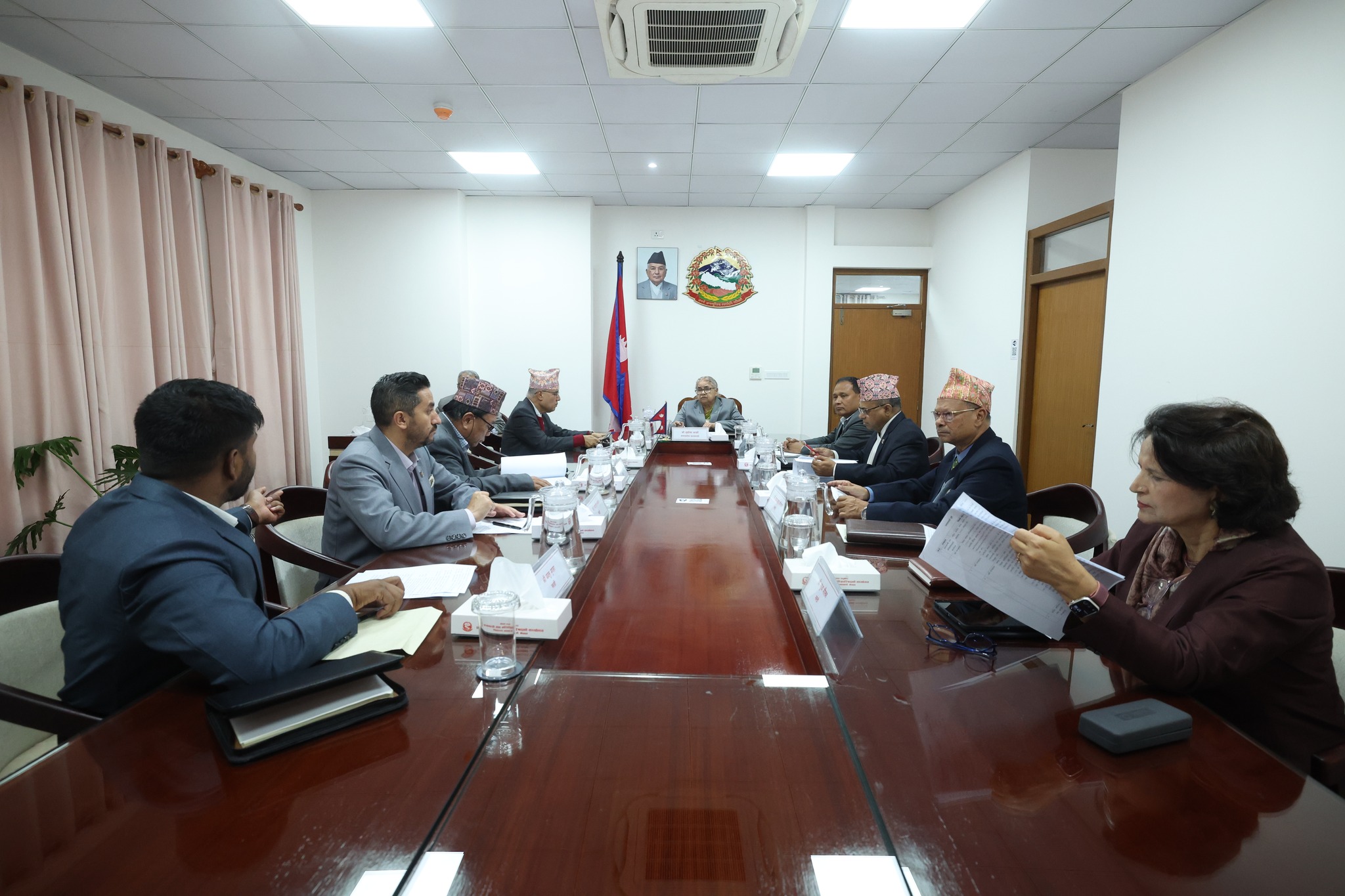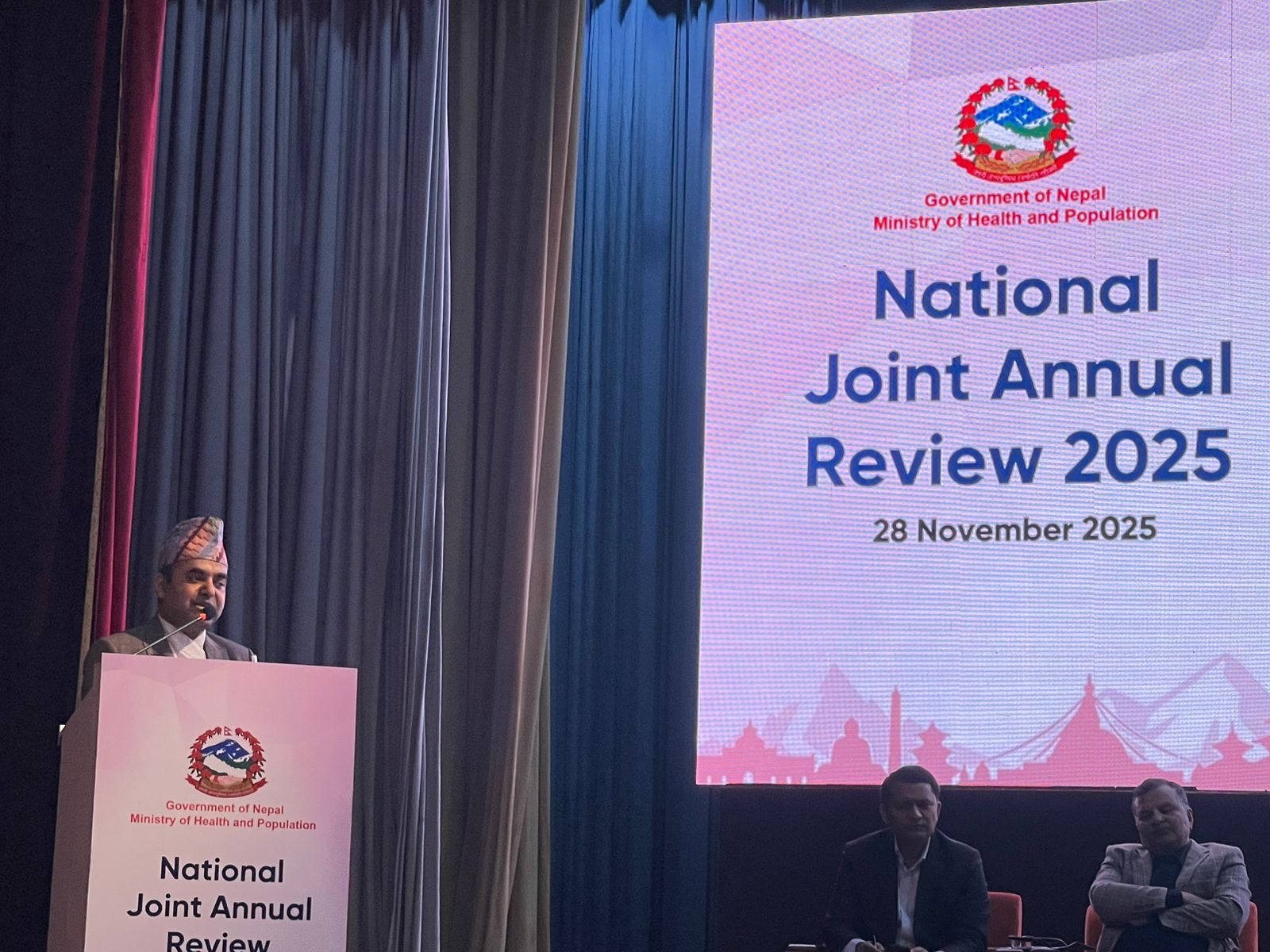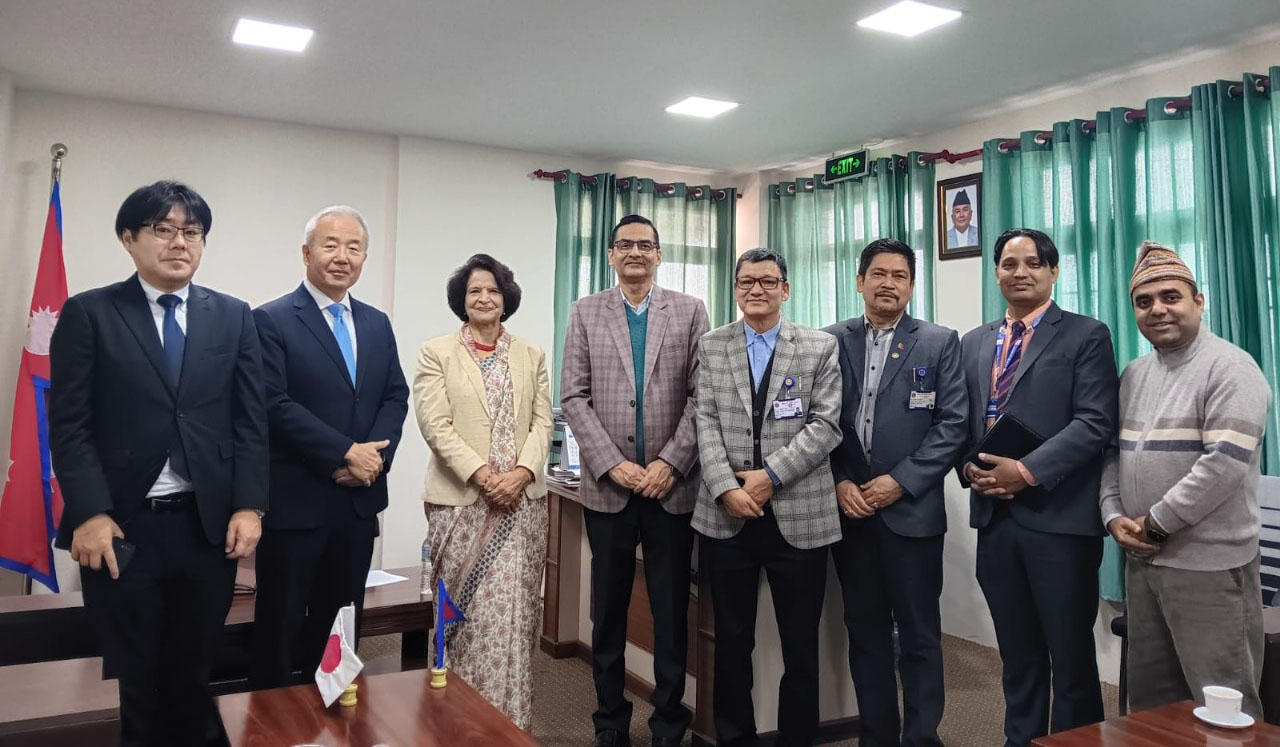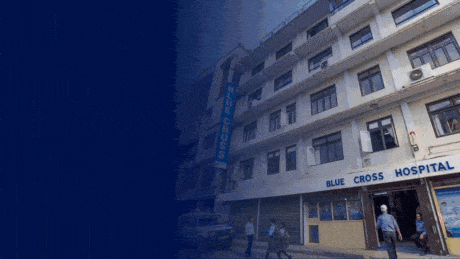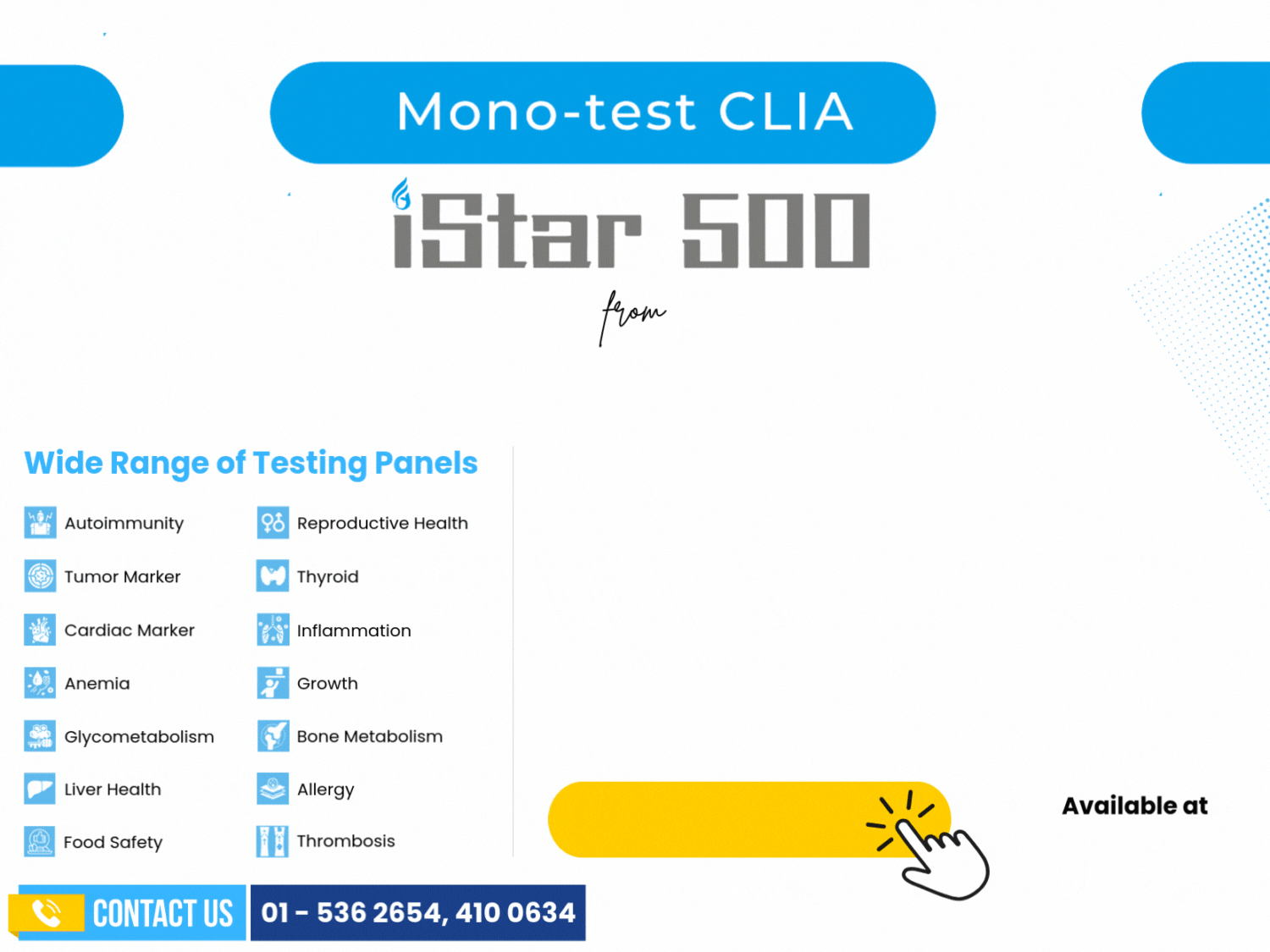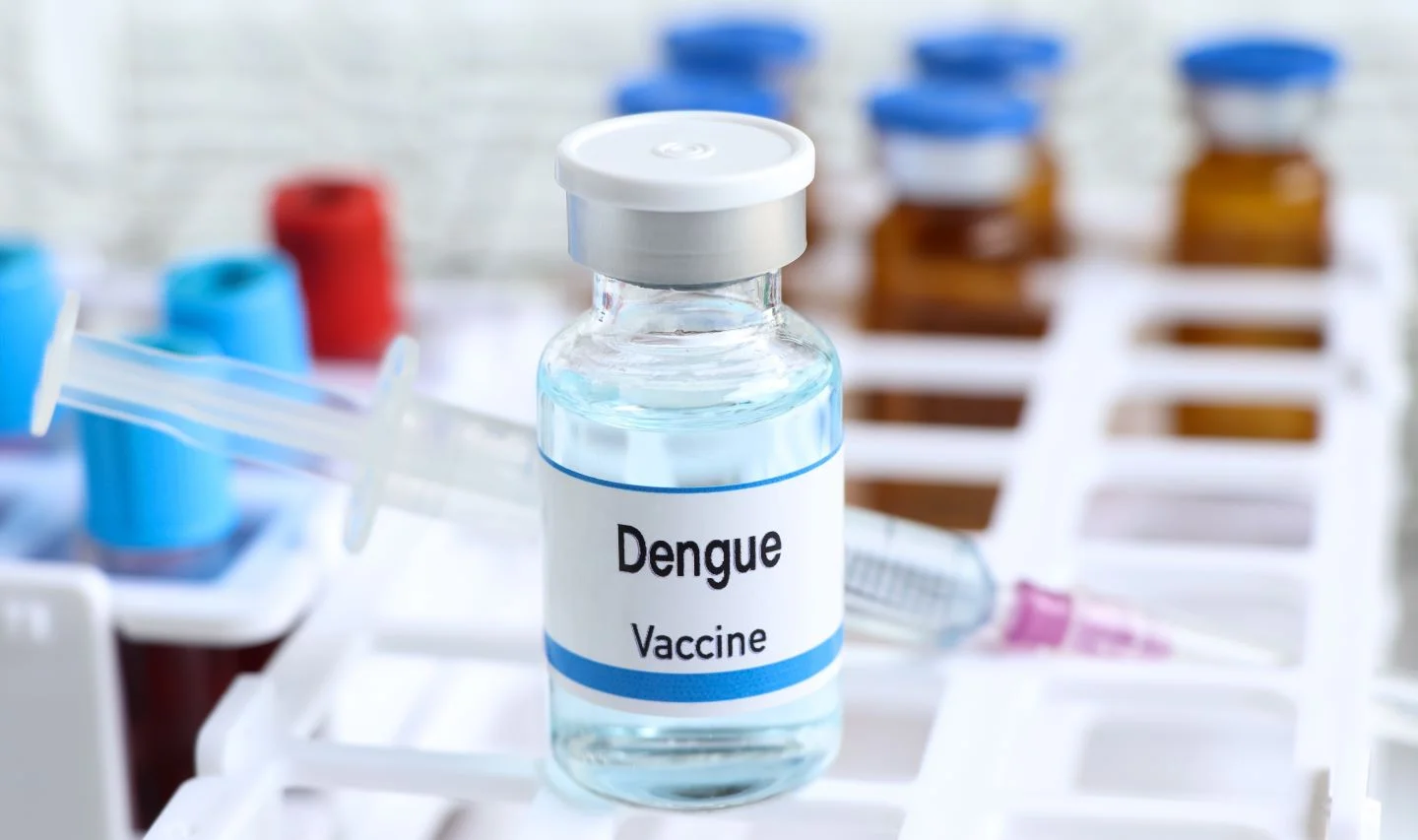
Dengue, the mosquito-borne illness often nicknamed “Break Bone Fever” because of the intense body pain it causes, is no longer just a seasonal nuisance. It’s turning into a year-round global threat—and low- and middle-income countries (LMICs) like Nepal are seeing a growing burden.
The numbers are alarming. Between 2000 and 2019, dengue cases increased tenfold globally. By 2023, over 6.5 million cases and 7,300 deaths were reported across more than 80 countries. In 2024 alone, Nepal recorded 28,212 cases and 12 deaths, affecting nearly every district. And neighboring countries like Bangladesh and Thailand saw even more devastating tolls.
So what’s driving the surge? Experts point to rapid urbanization and climate change, which are helping dengue’s main mosquito carrier, Aedes aegypti, thrive in places it never used to be.
Vaccines Bring Hope—But At What Cost?
There’s still no specific treatment for dengue, and care mostly focuses on managing symptoms and preventing complications. While mosquito control is important, it hasn’t been enough. That’s where vaccines come in.
Two dengue vaccines are now available:
Dengvaxia, approved in 2019, works for children aged 6–16 who’ve already had dengue before. It’s taken in three doses over a year, but it’s not safe for people who’ve never been infected. That’s part of why it hasn’t been widely used—and Sanofi, the company behind it, is phasing it out in the U.S.
Qdenga, the newer vaccine by Takeda, received WHO approval in May 2024. It targets all four dengue strains and is given in two doses three months apart. It has shown strong protection, especially against severe illness and hospitalization, and works better in people who’ve had dengue before—but also offers some protection for others.
Qdenga is seen as a more inclusive option, and it’s already being used in countries like Brazil, Indonesia, and Thailand. However, what’s problematic is that it’s expensive.
In Nepal, where the GDP per capita is about $1,324, the cost of one full course of the Qdenga vaccine could represent anywhere from 7% to over 22% of an average person’s annual income. That’s simply out of reach for most families, especially when many live on less than $2 a day.
Learning from the Past
When the Philippines launched a nationwide dengue vaccination campaign in 2016, it was hailed as a big step forward. But after reports of side effects in children who hadn’t previously had dengue, the program was suspended just a year later. The incident left the public distrustful—and served as a warning: vaccines must be rolled out carefully, with strong safety data and clear communication.
What Needs to Happen
Dengue vaccines could save thousands of lives, especially in countries like Nepal. But without financial support, subsidies, or government programs, they’ll remain out of reach for most people.
Health experts say we need a context-specific approach—one that takes into account each country’s health system, disease burden, and ability to deliver vaccines safely. International aid and partnerships will also be critical to ensure fair access.
Dengue continues to spread, and the threat is only increasing. If we truly aim to protect vulnerable populations—especially in the hardest-hit countries—making these life-saving vaccines affordable and accessible must be a global priority.
This article is based on findings from the research article ‘Dengue Vaccination: Availability and Relevance to Low- and Middle-Income Countries,’ originally published in the American Journal of Tropical Medicine & Hygiene (2024).
swasthyaadmin
Published: July 8, 2025


